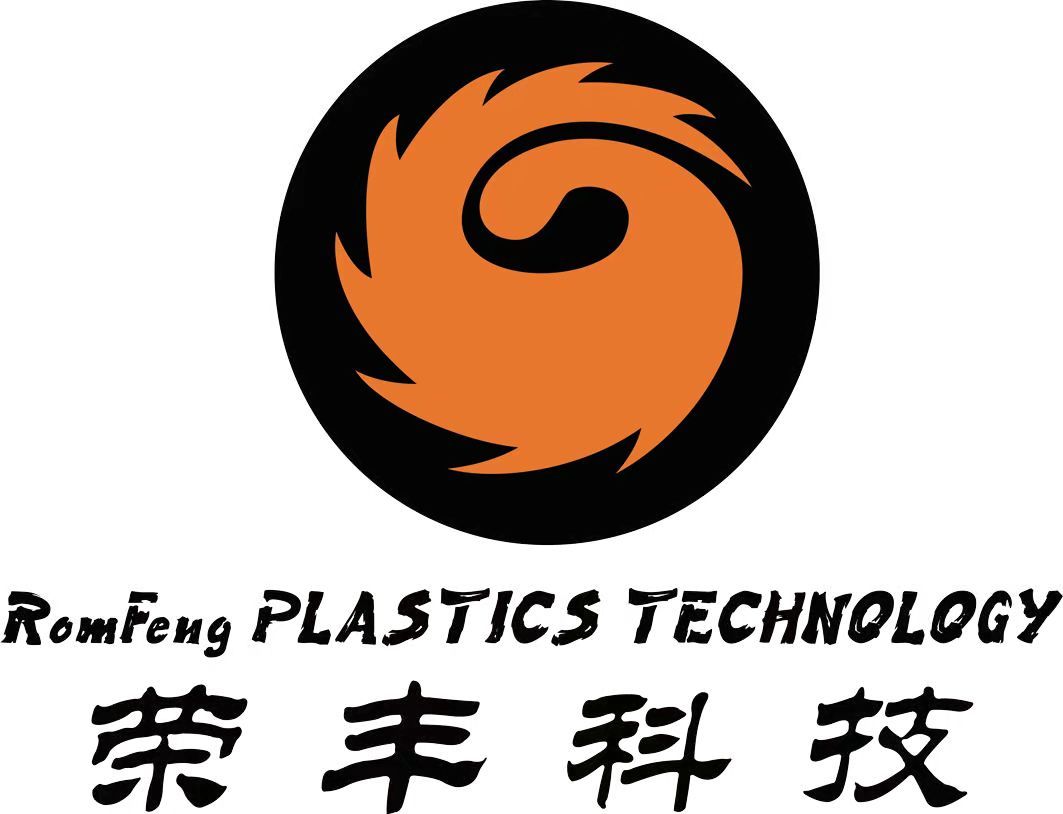PRODUCTS
Bio Plastic
Hemp Fiber Reinforced Plastic (HFRP) is a composite material combining natural hemp fibers with a polymer matrix (often bioplastics like PLA or traditional plastics). The strong, lightweight hemp fibers act as reinforcement, significantly improving the composite's mechanical properties – like tensile strength, stiffness, and impact resistance – compared to the base plastic alone. Key advantages include sustainability: hemp grows rapidly, absorbs CO2, requires minimal pesticides/water, and reduces reliance on petroleum-based plastics. While not always fully biodegradable, especially with synthetic matrices, HFRP offers a "greener" alternative with a lower carbon footprint. It's increasingly used in automotive parts, packaging, consumer goods, and building materials where strength and eco-credentials are valued.
Learn More
PLA Wood Fiber Modified Materials for 3D Print Furniture
PLA wood fiber modified materials offer a sustainable solution for 3D-printed furniture by combining biodegradable polylactic acid (PLA) with wood fibers. This hybrid material enhances mechanical properties, such as tensile strength and impact resistance, while retaining eco-friendly attributes. Wood fibers improve PLA’s thermal stability and reduce shrinkage during printing, ensuring dimensional accuracy for furniture components. The natural wood-like texture and appearance appeal to design-focused applications. Optimal fiber content (15–25%) balances printability and structural performance. Compared to conventional plastics, PLA-wood composites reduce carbon footprint and enable waste-free customization via additive manufacturing. This innovation aligns with circular economy principles, making it ideal for eco-conscious furniture production.
Learn More
PLA Bamboo Fiber Modified Materials for 3D Print Furniture
PLA bamboo fiber modified materials represent an eco-friendly innovation for 3D-printed furniture. By blending biodegradable polylactic acid (PLA) with natural bamboo fibers, this composite enhances mechanical strength, thermal stability, and texture while maintaining sustainability. The bamboo fibers act as a renewable reinforcement, reducing PLA’s brittleness and improving load-bearing capacity—ideal for furniture applications. 3D printing allows intricate, customizable designs with minimal waste. This material combination also offers a wood-like aesthetic, appealing to eco-conscious consumers. Research shows optimal fiber ratios (10–30%) balance durability and printability. As a low-carbon alternative to traditional plastics, PLA-bamboo composites align with circular economy goals, making them promising for future sustainable furniture production.
Learn More
Wood Fiber Plastic Pellets (WPC Pellets)
Composite pellets combining 40-70% wood fibers (sawdust, bamboo, rice husk) with polymers like PE, PP, or PVC, engineered for sustainable manufacturing of wood-plastic composites (WPC).
Core Advantages
Eco-Profile: Reduces plastic usage by 30-50% vs. virgin polymers; biodegradable options available.
Natural Aesthetics: Mimics wood grain/texture while resisting rot, insects, and moisture absorption.
Processing Efficiency: Pre-dried pellets (≤1% moisture) enable smooth extrusion/injection molding.
Technical Performance
Density: 1.1-1.4 g/cm³ (adjustable via fiber ratio).
Flexural Strength: 25-45 MPa for structural applications.
Thermal Stability: Compatible with processing temps ≤190°C without fiber degradation.
Applications
Decking, fencing, and outdoor furniture
Automotive interiors & architectural profiles
Packaging pallets and consumer products
Bridges sustainability with functionality, transforming waste biomass into high-value, durable materials.
Learn More
Coffee husk pellets are biofuel granules produced from coffee processing waste, primarily coffee husks, which are generated in equal weight to coffee beans during production.
Learn More
Bamboo Fiber Plastic Pellets
Engineered composite pellets integrating 40-65% bamboo fibers with polymers (PP, PE, PLA), designed for eco-friendly wood-plastic composites (WPC). Bamboo’s rapid renewability (24/hr growth cycle) and high tensile strength enhance sustainability13.
Key Advantages
Eco-Impact: 30-50% plastic reduction vs. virgin polymers; carbon-negative profile.
Superior Mechanics: 20% higher flexural strength than wood-fiber composites (35-55 MPa).
Natural Durability: Inherent resistance to moisture, fungi, and UV degradation.
Technical Specifications
Density: 1.15-1.35 g/cm³ (fiber-dependent).
Processing: Max. temp. 195°C (prevents fiber scorching).
Moisture Absorption: <1.8% (silica-rich fiber structure).
Primary Applications
Automotive interior trims & dashboards
Outdoor decking, cladding, and furniture
Biodegradable packaging and consumer goods
Transforms fast-renewing bamboo into high-performance, visually textured materials while reducing plastic waste.
Learn More
Wheat straw pellets, derived from renewable agricultural residues, serve as eco-friendly carriers for biopolymers (e.g., PLA) and petroleum-based polymers (e.g., PP, PE, ABS, TPU).
Learn More






